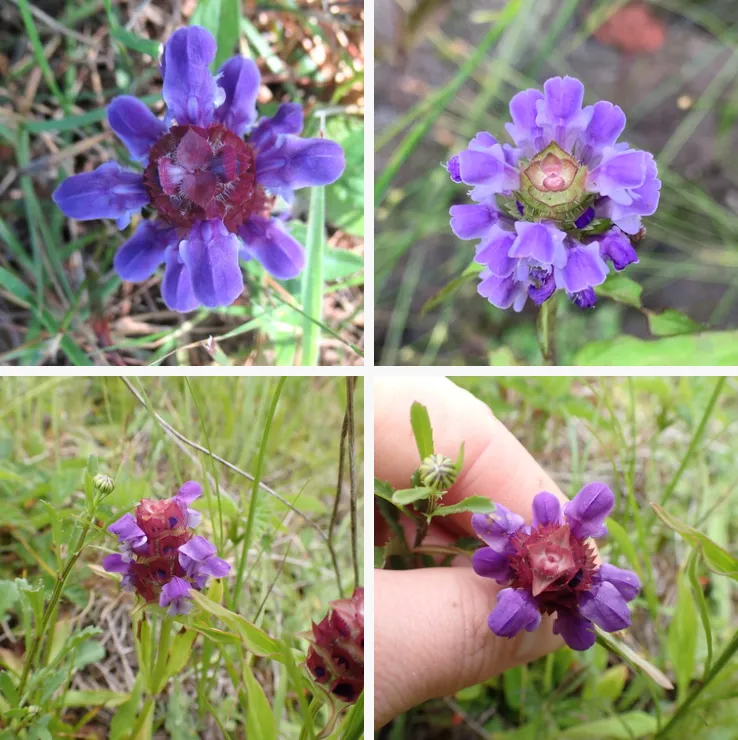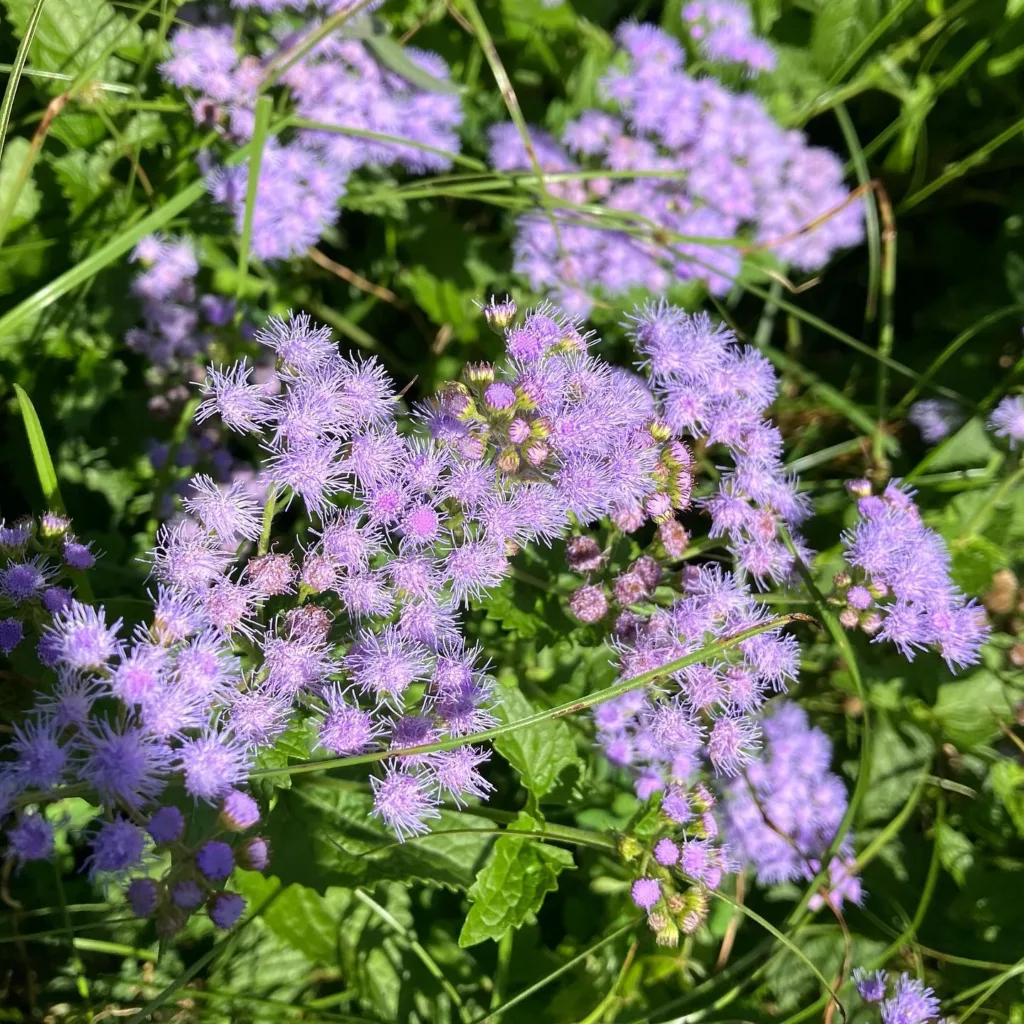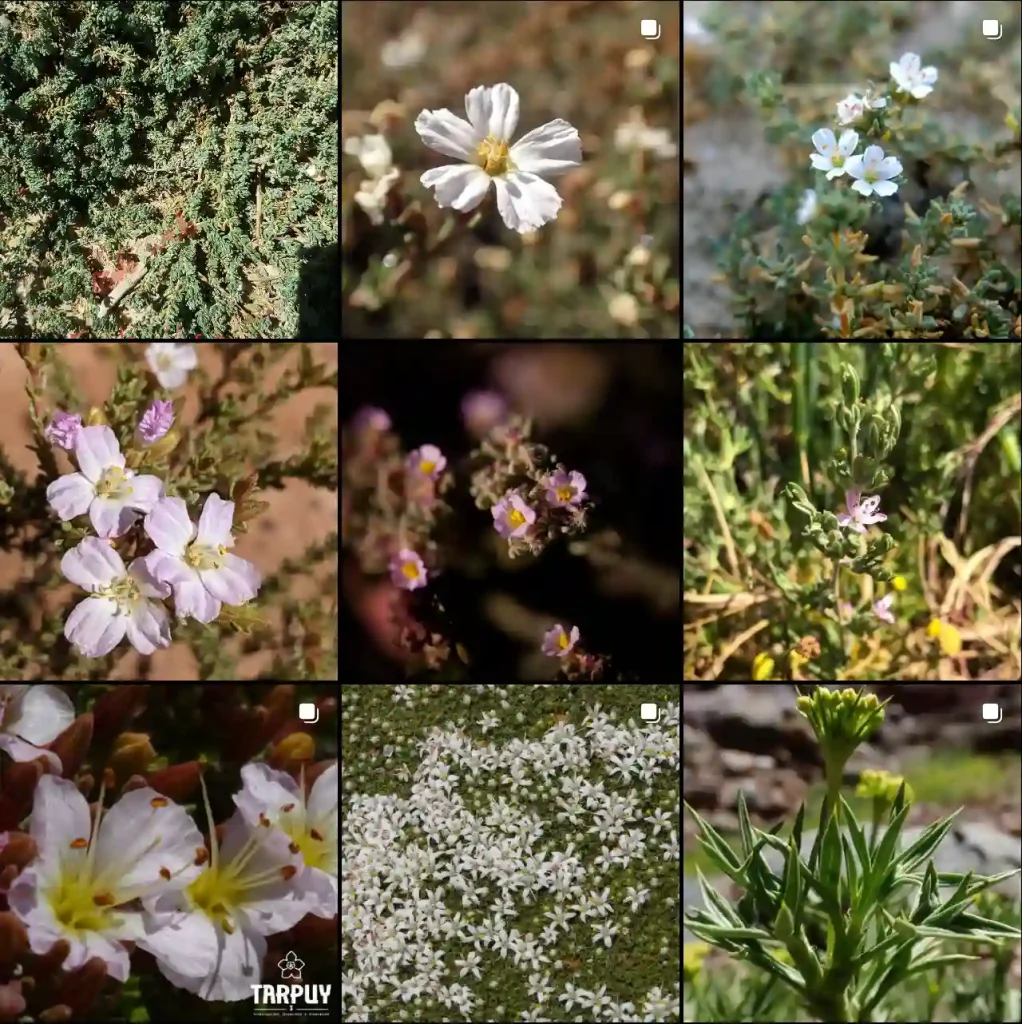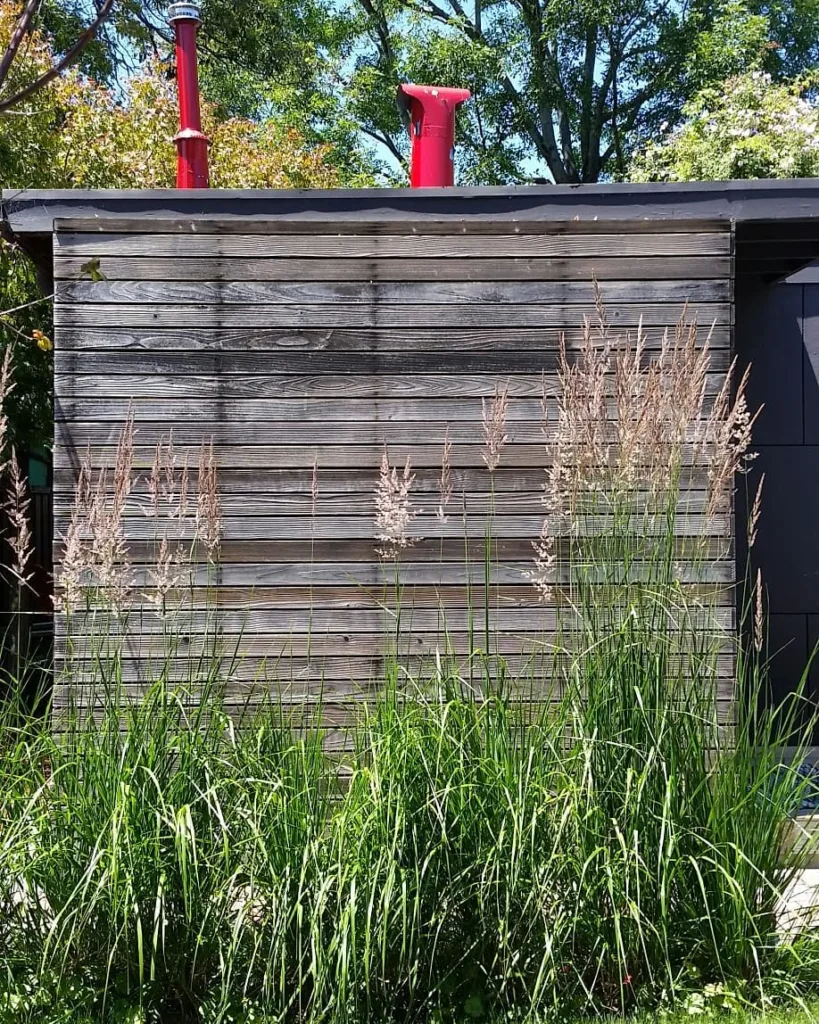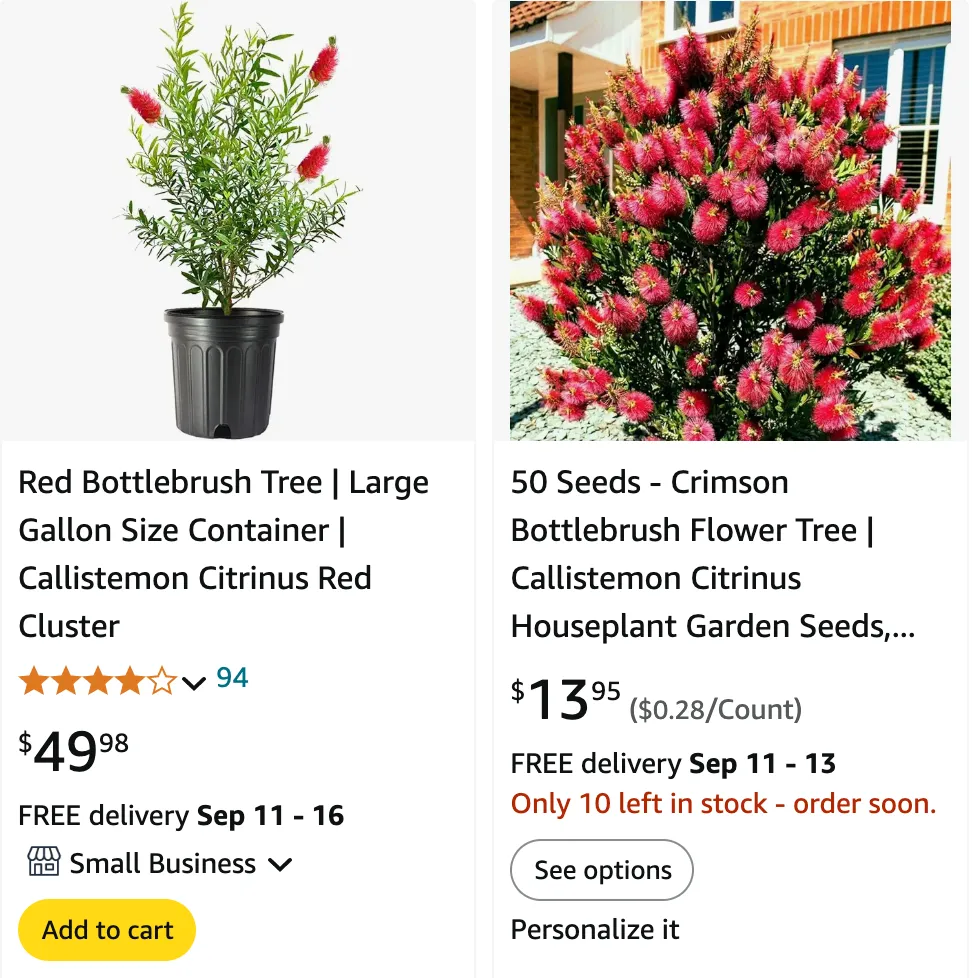
What is Callistemon Citrinus?
Callistemon Citrinus, commonly known as the Lemon Bottlebrush, a synonym of Melaleuca Citrina, is a striking evergreen shrub native to Australia. It’s celebrated for its vibrant, showy flower spikes that resemble a bottlebrush, hence its name. These spikes, which come in shades of red, pink, or white, not only add a splash of color to gardens but also attract bees and other pollinators. The plant features narrow, lance-shaped leaves that emit a subtle lemony fragrance when crushed, adding to its charm.
385 Species in Genus Melaleuca
How to Care for Callistemon Citrinus?
Caring for Callistemon Citrinus involves a few straightforward steps to ensure it thrives. This shrub prefers a sunny location with well-drained soil. It’s quite drought-tolerant once established but benefits from occasional watering during dry spells. Regular feeding with a balanced fertilizer during the growing season can promote healthy growth and flowering. Mulching around the base helps retain moisture and suppress weeds.
How to Prune Callistemon Citrinus?
Pruning Callistemon Citrinus is crucial for maintaining its shape and encouraging more blooms. The best time to prune is immediately after the flowering season, usually in late spring or early summer. Begin by removing any dead or damaged wood, and then trim back the branches to shape the plant and improve air circulation. Avoid heavy pruning, as this can reduce flowering in the next season. Light pruning helps in maintaining a compact shape and enhances the plant’s overall appearance.
When to Prune Callistemon Citrinus?
Pruning should be done shortly after the plant finishes flowering. This timing helps the plant recover and set new buds for the next flowering period. Generally, the best window for pruning Callistemon Citrinus is in late spring to early summer. Avoid pruning in late autumn or winter, as this can lead to frost damage and hinder the plant’s growth.
Where to Buy Callistemon Citrinus?
You can find Callistemon Citrinus at various local nurseries and garden centers. Many online plant retailers also offer this shrub, providing a wide range of options. When purchasing, make sure to choose a healthy plant with vibrant foliage and no signs of disease or pests. If you’re unsure where to start, local gardening forums or plant enthusiast groups can offer recommendations for reputable sellers.
Callistemon Citrinus vs. Viminalis
Comparing Callistemon Citrinus to Callistemon Viminalis (also known as Weeping Bottlebrush) can help clarify their differences. Both are bottlebrush plants but vary in appearance and growth habits. Callistemon Citrinus tends to have a more upright, bushy form, while Callistemon Viminalis features a weeping habit with longer, drooping branches. Additionally, the flowers of Callistemon Viminalis often have a softer color and can be more pendulous compared to the more upright and dense flower spikes of Callistemon Citrinus. Understanding these differences can help in choosing the right plant for your garden’s aesthetic.
How to Propagate Callistemon Citrinus?
Propagating Callistemon Citrinus is relatively straightforward and can be done through cuttings or seeds. For cuttings, take semi-hardwood cuttings in late summer or early autumn, dip them in rooting hormone, and plant them in a well-draining potting mix. Keep the cuttings moist and in a warm, shaded area until they root. If using seeds, sow them in a seed tray with a good quality seed compost, keep them warm and moist, and transplant the seedlings once they are large enough to handle.
Can You Grow Callistemon Citrinus Indoors?
Growing Callistemon Citrinus indoors can be challenging due to its size and light requirements. While it’s possible to grow it indoors, it needs a lot of bright, direct sunlight and adequate space to thrive. If you have a large, well-lit space or a sunroom, it might work, but this plant generally performs better outdoors where it can spread and receive natural light.
Is Callistemon Citrinus Toxic?
Callistemon Citrinus is not considered toxic to humans or pets. This makes it a safe choice for gardens where children or animals play. However, as with any plant, it’s best to avoid ingesting any parts of the plant to prevent potential stomach upset or allergic reactions.
Benefits of Callistemon Citrinus
Aside from its visual appeal, Callistemon Citrinus offers several benefits. It attracts pollinators like bees and birds, which can enhance the biodiversity of your garden. Its evergreen nature ensures year-round interest and provides a lush backdrop to other plants. Additionally, its drought tolerance makes it a low-maintenance option for gardeners looking to conserve water.
Common Problems with Callistemon Citrinus
While Callistemon Citrinus is relatively hardy, it can face a few issues. Common problems include fungal infections such as powdery mildew, which can be managed with proper spacing and good air circulation. Pests like scale insects or spider mites may also appear, which can be controlled with appropriate insecticides or natural predators.
What to Plant with Callistemon Citrinus?
When planting with Callistemon Citrinus, consider companions that complement its vibrant flowers and thrive in similar conditions. Plants such as lavender, ornamental grasses, and succulents work well. Their contrasting textures and colors can enhance the overall aesthetic of your garden.
Callistemon Citrinus is a versatile and attractive shrub that can add significant beauty and interest to your garden. Whether you’re pruning, propagating, or simply enjoying its vibrant blooms, understanding its needs and characteristics will help you make the most of this wonderful plant.
If i die, water my plants!
